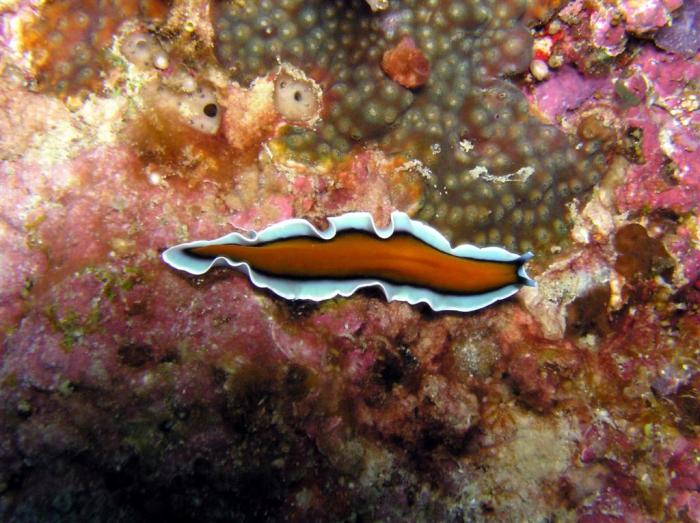The Spiralia form a massive group of animals that will keep us busy for quite a few episodes. They include the molluscs (snails, clams, squid, &tc), but before we get to them there is an assortment of other soft-bodied critters to visit. Many of these will be worms. And squishy. In fact, “wormy and squishy” may be a fairly accurate characterization of the spiralians.

Before we get to the worms, however, we need to pay a visit to the bryozoans (or ectoprocta), who number some 4,000 species. Because of their general appearance, especially due to the tentacles and exoskeletons, they are easily confused with corals (some bryozoans even build reefs), but they are quite different animals altogether. Their most distinguishing feature is the lophophore, a circular or horseshoe-shaped crown of tentacles with microscopic hairs. The hairs create a current towards the mouth, allowing the tentacles catch any edible particles floating by.
Several groups of spiralia contain some of the tiniest organisms alive. These are either planktonic, floating passively in the upper layers of the sea, or they scavenge across the seafloor. Some species are so small they are dwarfed by single-celled algae or amoebas. The gastrotrichs, for instance, are microscopic worm-like creatures that prowl the seafloor using rows of tiny hairs on their bellies for locomotion, looking for bacteria and other single-celled organisms.
The main worms of this episode are the flatworms, though, which number nearly 30,000 species. The vast majority of them are parasitic, including the well-known tapeworms, which inhabit the intestinal systems of many animals (including humans). So as to not upset the stomachs of my dear readers too much, I will keep the parasitic imagery at a minimum by showing just one example (feel free to do a Youtube search for “parasitic flatworm” if you’re interested or feeling masochistic). The video below shows a fluke whose target host is a bird. In order to get inside a bird, the fluke hijacks a snail and makes its eyes look like juicy, pulsating caterpillars. No bird could possibly resist that.
Flatworms are relatively simple animals in terms of internal anatomy. For one, they lack lungs or gills, so they have to take up oxygen through their skin. Incidentally, this is the primary reason why flatworms are flat: by itself oxygen can’t penetrate very far into living tissue, so the thickness of a flatworm is restricted to only a couple of millimeters. Also, they have only one body opening that functions both as a mouth and an anus, and that has to be wrapped around any food they might wish to consume.
Despite first appearances, flatworms can be quite charming. One species, Planaria torva, has become a model species in science because of its remarkable regenerative capacities. Cutting the animal into several pieces makes every piece grow into a complete worm in a matter of days (something which, contrary to popular belief, does not work with rainworms). Finally, it’s the free-swimming marine flatworms that have the most diverse colours and shapes, making them an aesthetically pleasing end to this (perhaps somewhat uncomfortable) episode.
This by no means sums up the biodiversity of the worms, however, so:
Next episode: Spiralia II – More Worms!
Great episode! I was recently told in great graphic detail about the zombie snail, so even more impressive to see it in action.
The test reminded me of my earlier intention to attend the University of Vienna’s seminar “The cultural history of mollusks”, which is in its roughly 23rd semester (not reruns of the same course, but different every time).
Long live the worm!
LikeLike
Goodness, that sounds like the kind of course I’d like to take!
LikeLike